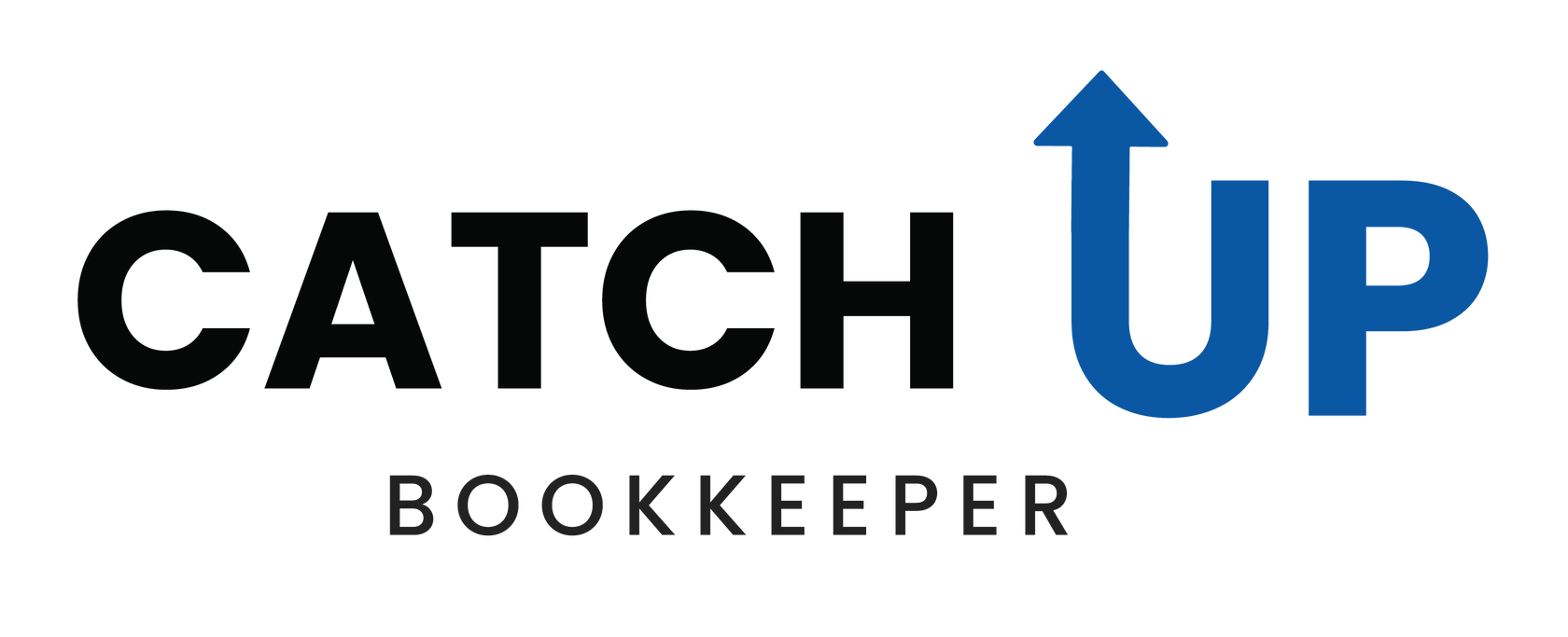For Canadian Small Business Only
TD1 Tax Form: A Guide to the Personal Tax Credits Return in Canada
Have you experienced a major life change recently, like starting post-secondary education or getting married? (Congratulations!) These life changes can affect your federal and provincial tax credits or deductions. The TD1 Form you filled out when you started with your employer helps determine how much tax should be withheld from your pay based on your eligible credits and deductions.
However, sometimes you’ll need to update this form to ensure the correct amount of tax is being withheld for your situation. Here’s what you need to know about the TD1 Tax Form, how it works, and when you should update it.

What is the TD1 Tax Form?
The TD1 Tax Form (Personal Tax Credits Return) calculates the amount of income tax your employer or pension provider will deduct from your income. It includes any nonrefundable tax credits or deductions you may be entitled to, both federally and provincially.
Filling out the TD1 correctly can help minimize the taxes you owe at year-end, or, if you prefer, allow you to receive more of your money throughout the year instead of in one lump sum when you file your taxes.
You can update your TD1 by either requesting a paper copy from your employer or accessing it through the CRA website. Larger employers may offer electronic versions, while smaller ones typically use paper or PDF versions.
Who Should Fill Out the TD1 Tax Form?
Most employees fill out the TD1 when they start a new job. If you have multiple employers, you’ll need to fill out a TD1 for each employer, but ensure only one employer accounts for your full nonrefundable credits to avoid double-claiming.
Additionally, pensioners receiving benefits also need to complete the TD1 when they begin receiving payments.
You may need to complete a new TD1 within 7 days if your circumstances change. If you fail to provide your employer with an updated TD1, they’ll deduct taxes based on the basic personal amount only.
When Should You Update the TD1 Form?
You should submit a new TD1 form in any of these situations:
- Change in marital status.
- Supporting a spouse or eligible dependant.
- Becoming eligible for the Disability Tax Credit (DTC).
- Starting post-secondary education.
- Turning 65.
- Claiming the Northern Residents Deduction.
- Wanting to increase tax deductions to avoid a large bill at tax time.
- Wanting to decrease tax deductions by submitting both the TD1 and Form T1213 (Request to Reduce Tax Deductions at Source).
When Should You Update the TD1 Form?
You should submit a new TD1 form in any of these situations:
- Change in marital status.
- Supporting a spouse or eligible dependant.
- Becoming eligible for the Disability Tax Credit (DTC).
- Starting post-secondary education.
- Turning 65.
- Claiming the Northern Residents Deduction.
- Wanting to increase tax deductions to avoid a large bill at tax time.
- Wanting to decrease tax deductions by submitting both the TD1 and Form T1213 (Request to Reduce Tax Deductions at Source).
How to Fill Out a TD1 Form
Completing the TD1 Form is straightforward. You’ll likely need to fill out both the federal and provincial/territorial versions. Follow the instructions on each line, and sum the amounts to get your Total Claim Amount, which will determine your tax withholding.
By understanding the TD1 Form and when to update it, you can ensure the correct amount of tax is withheld, helping you avoid surprises come tax time!
Key Takeaways
- The TD1 Tax Form calculates the amount of income tax your employer will withhold from your pay.
- It reflects your nonrefundable tax credits and deductions to determine your total claim amount.
- You must update the TD1 Form when your circumstances change, such as your marital status or number of dependents, within
7 days of the change.
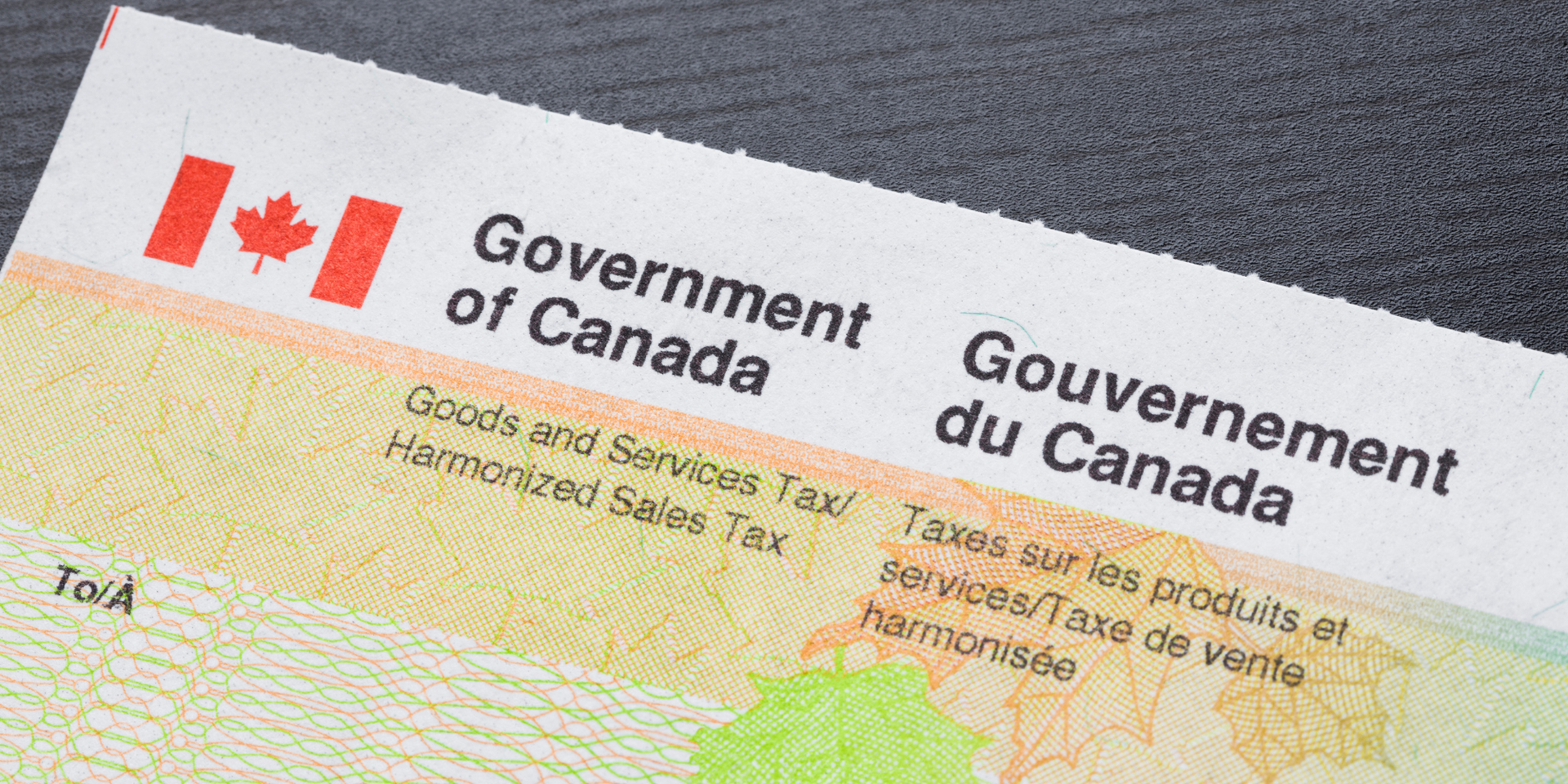



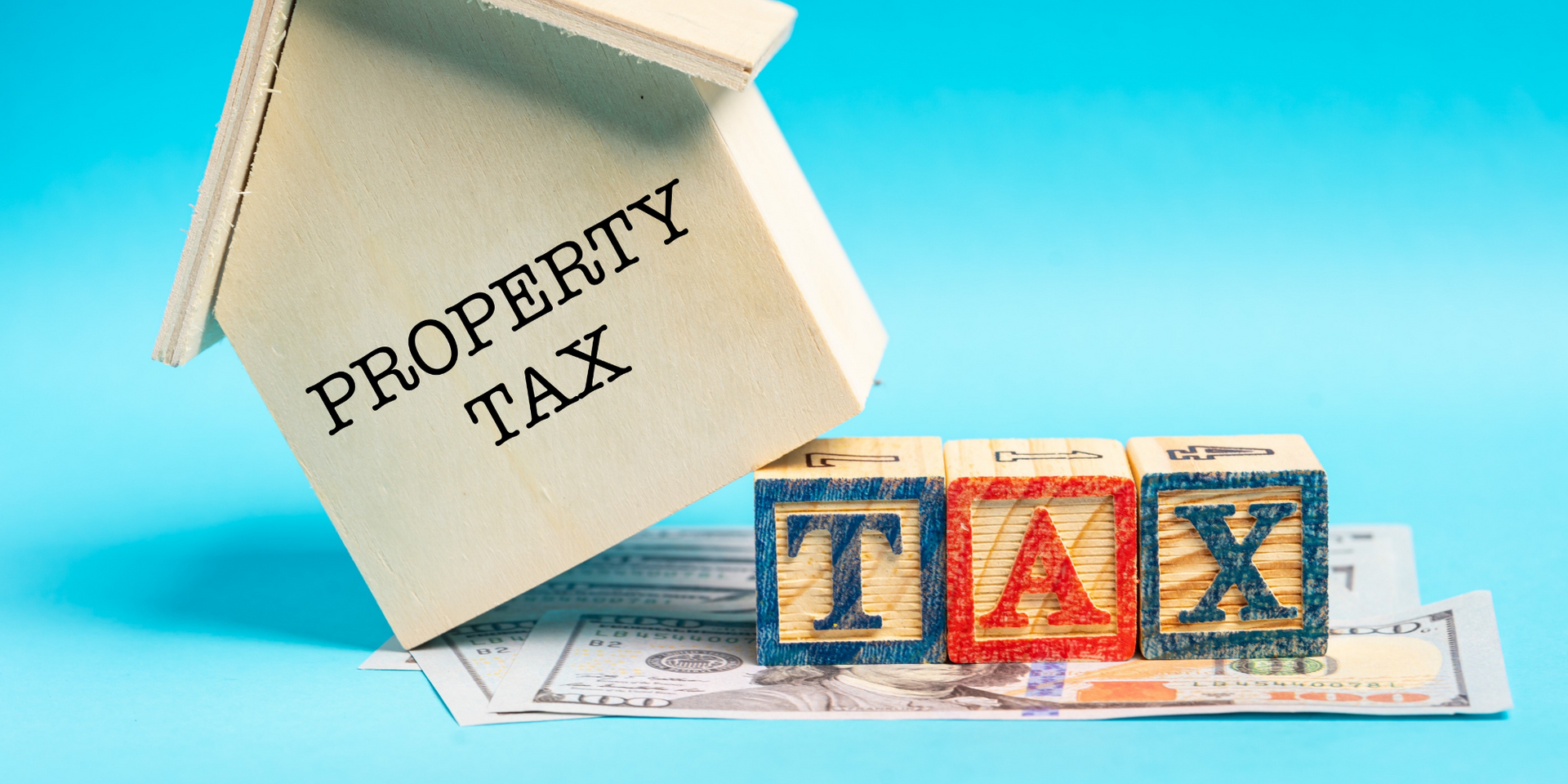


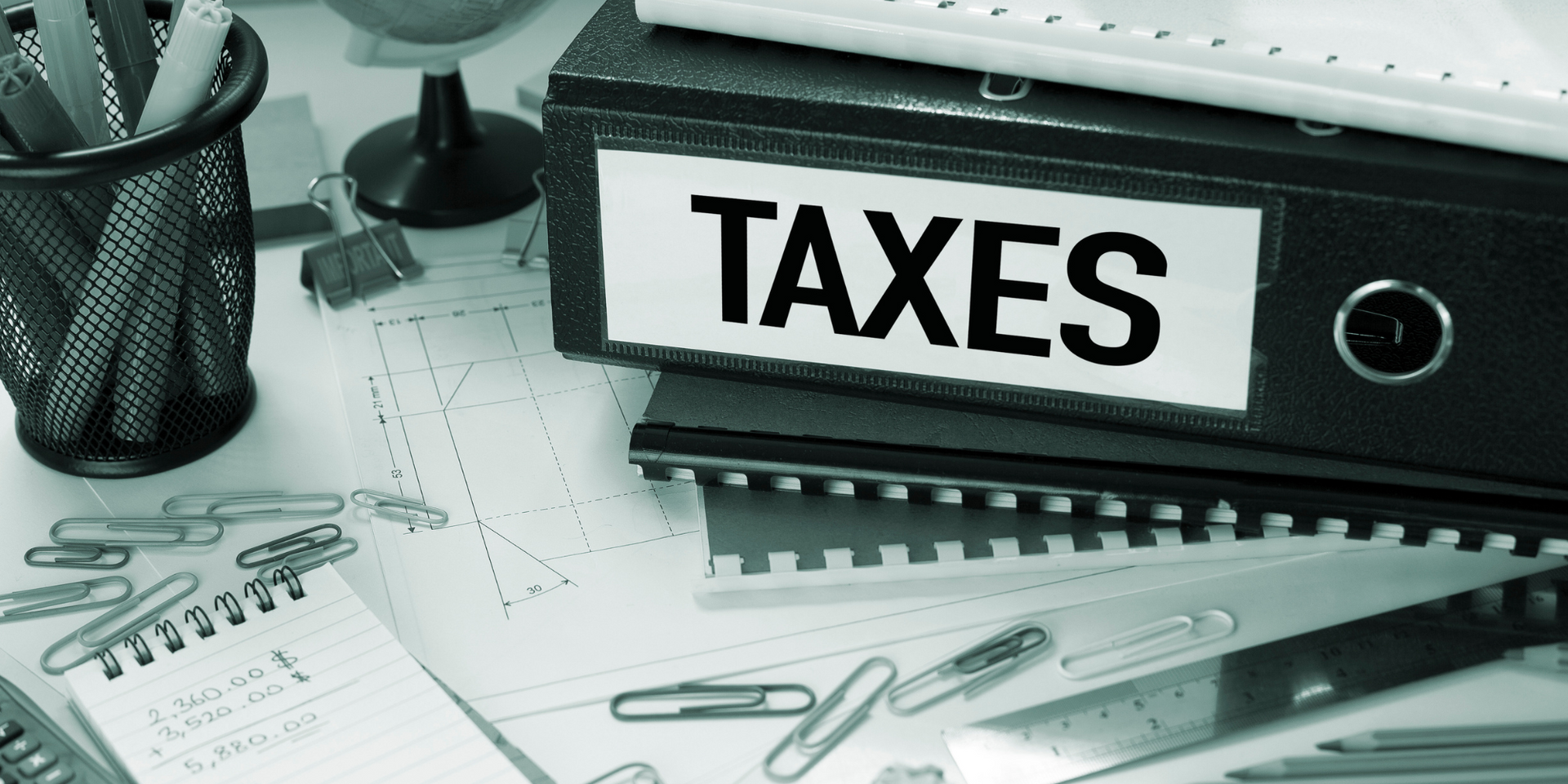


Bring your books up to date
CONTACT US TODAY
Contact Number
